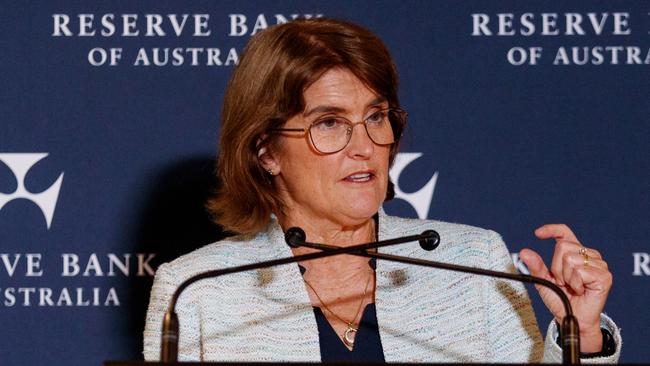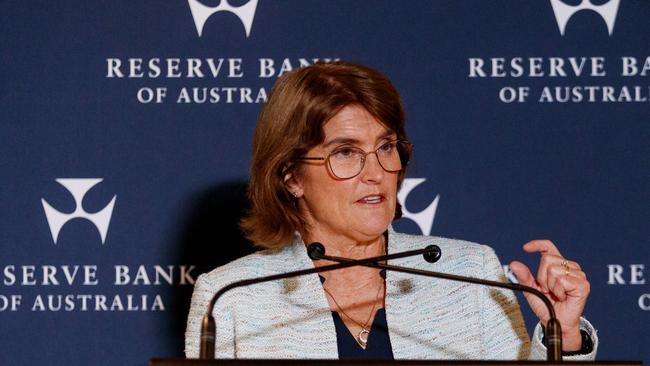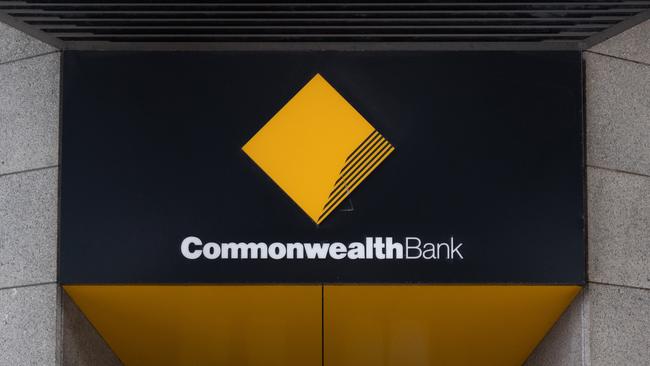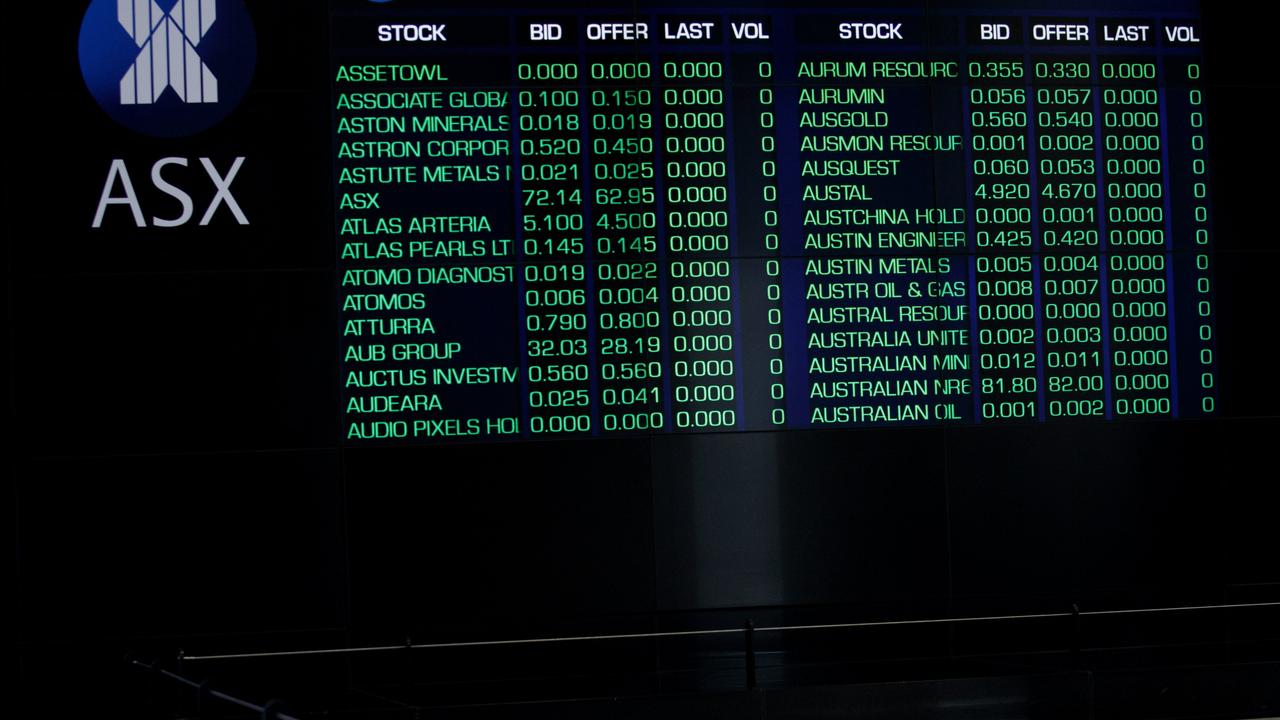‘Effectively ruled out a rate cut until May’: Bank’s mortgage warning
One of Australia’s major banks says mortgage holders may need to hang on for another six months before getting a rate cut.

Commonwealth Bank’s head of Australian economics Gareth Aird warns mortgage holders that they may need to hang on for another six months before getting a rate cut.
Mr Aird said markets would be looking to a key economic speech at the annual CEDA conference, where mortgage holders will find out if more than one good quarterly CPI is a necessary condition to consider cutting interest rates.

While it may seem trivial, if the Reserve Bank of Australia board needs to see more than one good quarter, then Aussies will need to wait at least six months for the next rate cut due to the timing of when Australia’s inflation rate is printed.
“If the governor confirms that is indeed the case, then a rate cut has effectively been ruled out until May 2025 at the earliest,” Mr Aird said.
“That would be very much at odds with the well‑trodden line from that board that “members agreed that it was not possible to rule anything in or out in relation to future changes in the cash rate target”.
Mr Aird challenged the RBA forecasts on the non-accelerating inflation rate of unemployment (NAIRU), which is a theoretical level of unemployment below which inflation would be expected to rise.
This key economic data point that the Reserve Bank has used to not cut interest rates in the past has been used as a justification to hold rates higher for longer today.
“The labour market has been one of the bright spots given the unemployment rate is materially lower than its pre‑pandemic level (which was too high and why the RBA was cutting interest rates in 2019),” Mr Aird said.
“The tighter labour market has seen wages growth lift, which is a positive development. But wages growth has been moderating since the beginning of the year and is tracking at a pace we believe is consistent with inflation sustainably within the RBA’s 2‑3 per cent target band.”
Mr Aird said the RBA harboured concerns that the labour market had been too hot and operating above a level consistent with “full employment”.

During its November minutes of monetary policy, the RBA said the “members assessed that labour market conditions remained tight relative to full employment … and the forecast was still for the unemployment rate to increase gradually before stabilising around levels consistent with full employment by late 2025”.
Mr Aird said the RBA had also over-estimated wage growth, which rose by 0.8 per cent in the September quarter.
The RBA forecast the Q4 24 wage price index to be 3.4 per cent for the year, which means wages would need to rise by 1 per cent in Q4 2024 for this to be achieved.
“Such a result looks improbable, which means the RBA has likely over-estimated the strength of wages growth in the economy. By extension, this means the board’s continued concerns around sticky services inflation appear overdone,” Mr Aird said.
“The faster decline in wages growth should give the RBA more confidence that the rate of inflation will continue to decelerate and that upside risks to the inflation outlook are dissipating.”
CBA’s call follows NAB, which also issued a grim outlook for mortgage holders last week, saying interest rates will remain higher for longer.

“The labour market has been stronger than expected and the RBA remains concerned about upside risks to inflation should gradual labour market cooling stall and capacity growth remain sluggish,” NAB stated in its updated monetary policy published on Thursday.
“On 30 September, we pulled our rate call forward to a first cut in February.
“We did that expecting an improving balance of risks around the inflation outlook would bring a rate cut into view sooner.
“While Q3 CPI data was as expected, we have been surprised by resilience in labour market indicators.
“It remains our view that the unemployment rate will rise a little further before stabilising around 4.5 per cent in mid-2025, broadly in line with the RBA’s November forecast track.”


